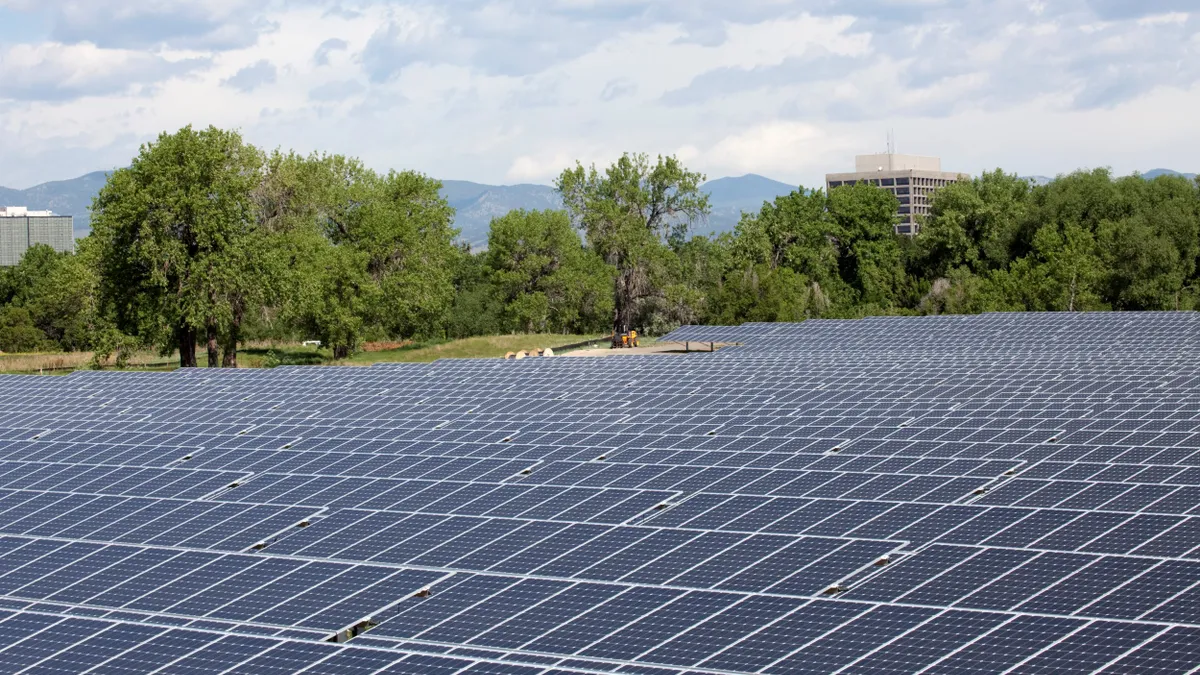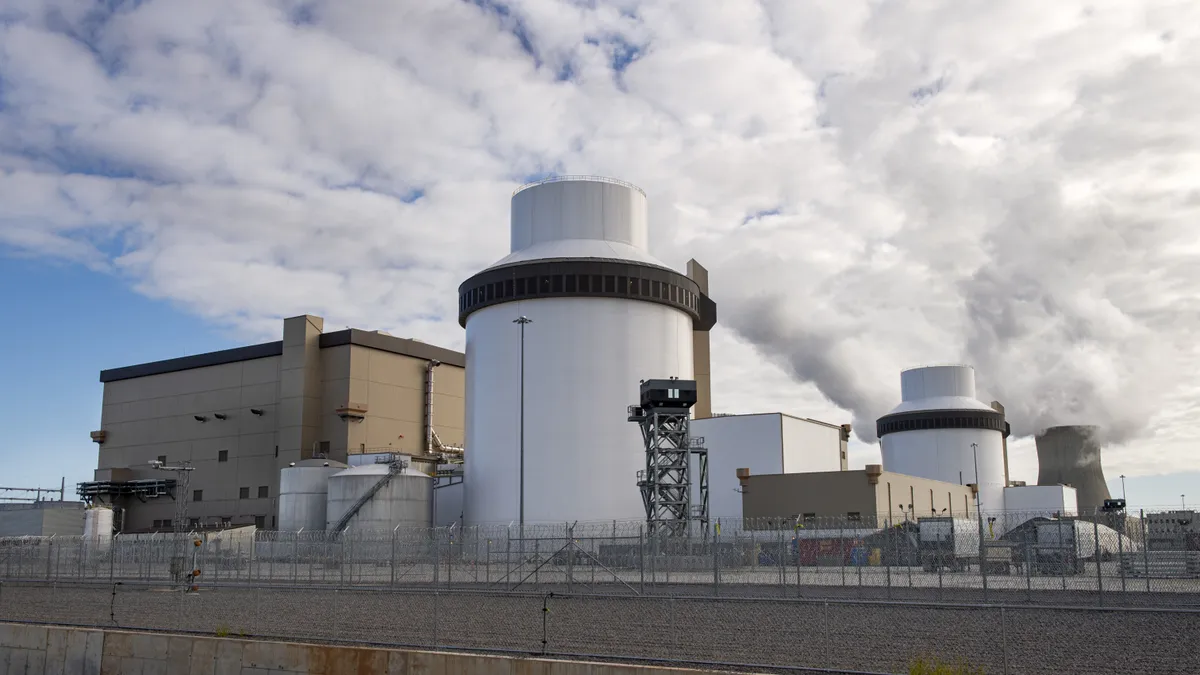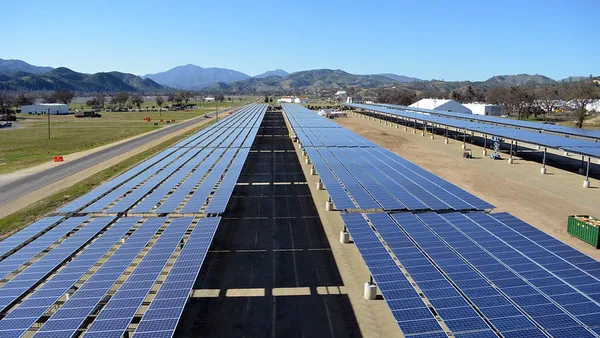Dive Brief:
- Indiana's decision to eliminate mandatory efficiency targets for utilities has had a predictable response, according to advocates, with power providers reducing efforts and possibly overcharging customers in the process, Midwest Energy News reports.
- Utilities have now filed their plans, with voluntary targets, but the Citizens Action Coalition of Indiana has asked regulators to deny the filings, which they say are inadequate.
- Indiana's controversial decision to eliminate efficiency goals has been followed by a series of reports saying the programs were effective, including one estimate that the defunct program was saving residents $3 for every $1 spent on efficiency.
Dive Insight:
The kilowatt hours are coming home to roost.
Indiana's decision to allow utilities to set their own efficiency targets has chilled efforts by power providers, watchdogs have told state regulators. Both Duke Energy Indiana and Northern Indiana Public Service Co. have filed plans with the state's Utility Regulatory Commission. But they are targeting savings much lower than they would have with mandatory targets. And the costs being passed along to consumers may not be in line with the reductions.
“Our fears are coming true or being confirmed,” said CAC executive director Kerwin Olson. “The legislation allows the utility companies to establish their own goals. It puts the utilities in the drivers’ seat in terms of how much energy efficiency they’re going to do."
NIPSCO has proposed a 114 GWh energy savings target in 2018 -- though according to CAC, under the state's mandatory standards the utility would have been targeting more than 300 GWh. And they say the costs are not being passed along fairly, either: Duke proposed collecting almost $78 million for its efforts between 2016 and 2018, which would make up almost 40% of the utility's demand side management budget.
Neither utility responded to Midwest Energy News' requests for comment.
Since Indiana Gov. Pence (R) declined to veto a controversial measure that defunded the state's efficiency program last year, reports have indicated the decision may not have been in the best interest of the state's consumers.
Last year the Utility Regulatory Commission issued a report finding the program was saving Indiana $3 for every $1 spent on residential efficiency. And a second report, from an independent company called Good Cents, estimated the Energizing Indiana program had helped create some 19,000 jobs and had saved about 11 million MWh.














